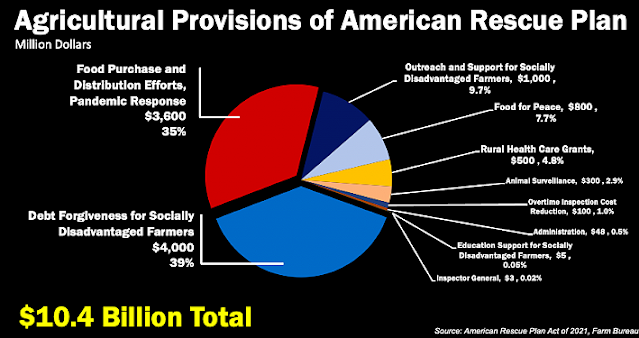The lack of high-speed internet in much of rural and even suburban America is one example of a nation that has failed to invest in basic infrastructure, headlines The Washington Post over a story by Griff Witte, Abigail Hauslohner and Emily Wax-Thibodeaux:
"America can put a rover on Mars, but it can’t keep the lights on and water running in the city that birthed the modern space program. It can develop vaccines, in record time, to combat a world-altering illness, but suffers one of the developed world’s highest death rates due to lack of prevention and care. It spins out endless entertainment to keep millions preoccupied during lockdown — and keep tech shares riding high on Wall Street — but leaves kids disconnected from the access they need to do their schoolwork."
Experts told the Post that the disparities "reflect a multitude of factors," the biggest being these: "Compared with other well-to-do nations, the United States has tended to prioritize private wealth over public resources, individualism over equity and the shiny new thing over the dull but necessary task of maintaining its infrastructure, much of which is fast becoming a 20th century relic."
"The federal level is not the only place where lawmakers will be wrestling with the country’s gaping disparities this year. In 38 states and Puerto Rico, legislators will be weighing whether to spend more to bring broadband Internet to poor and rural communities," the Post reports. It says the effort in California gained steam partly because of an outcry over a photo of two girls doing their homework outside an fast-food restaurant in Salinas, "their Chromebooks wobbling on their laps as they tried to connect to high-speed Internet" provided by the restaurant because they don't have it at home.














